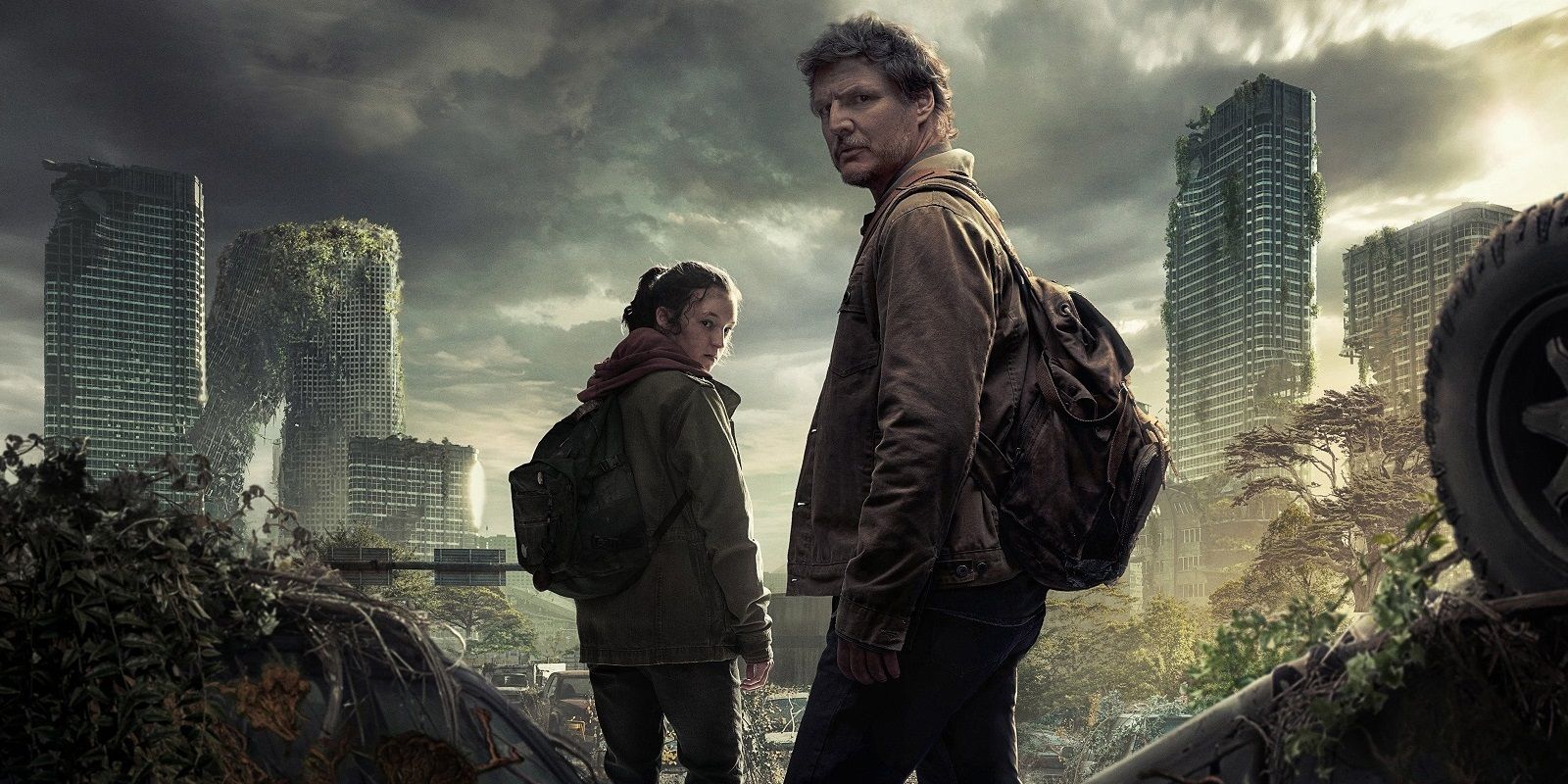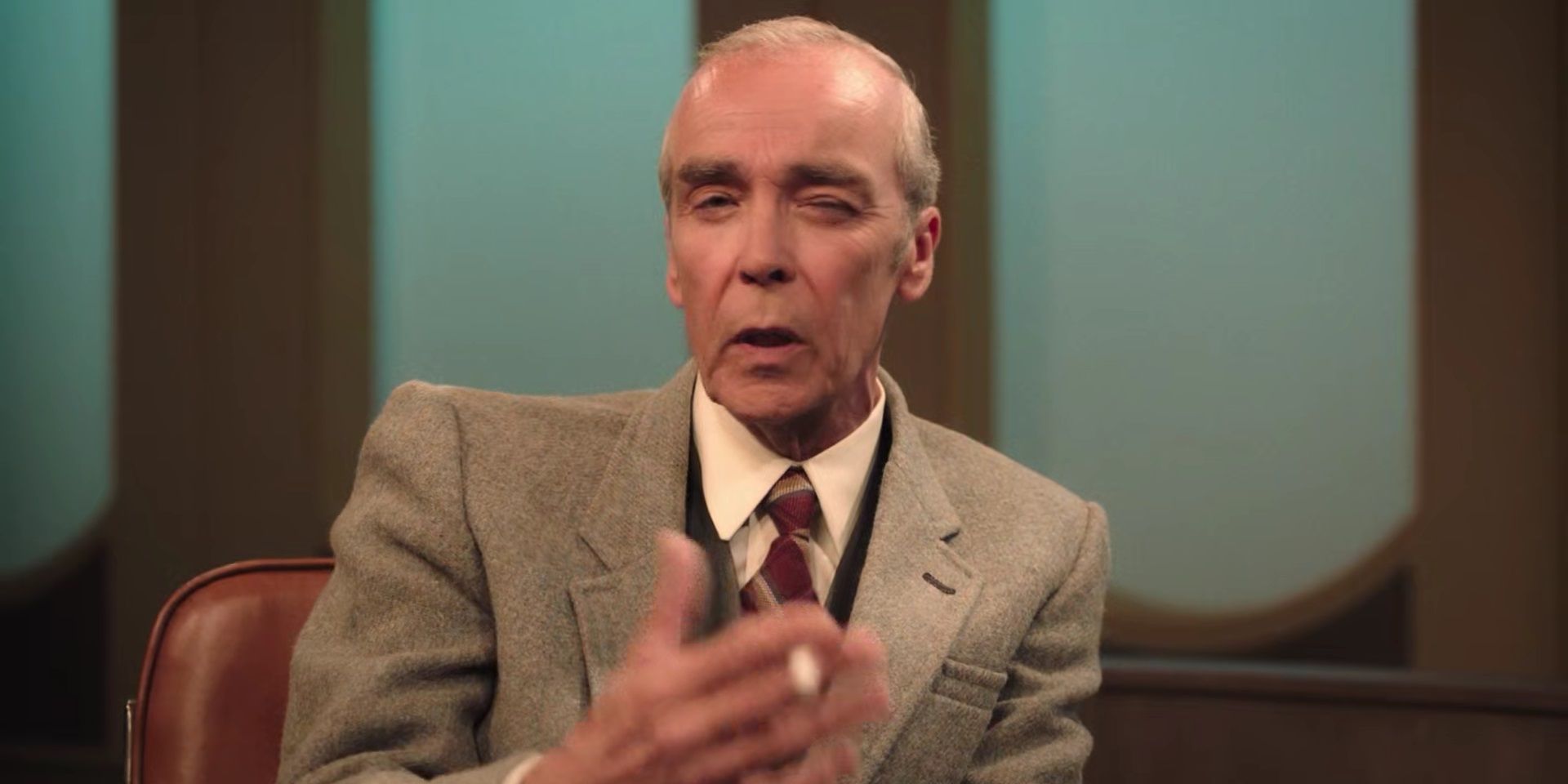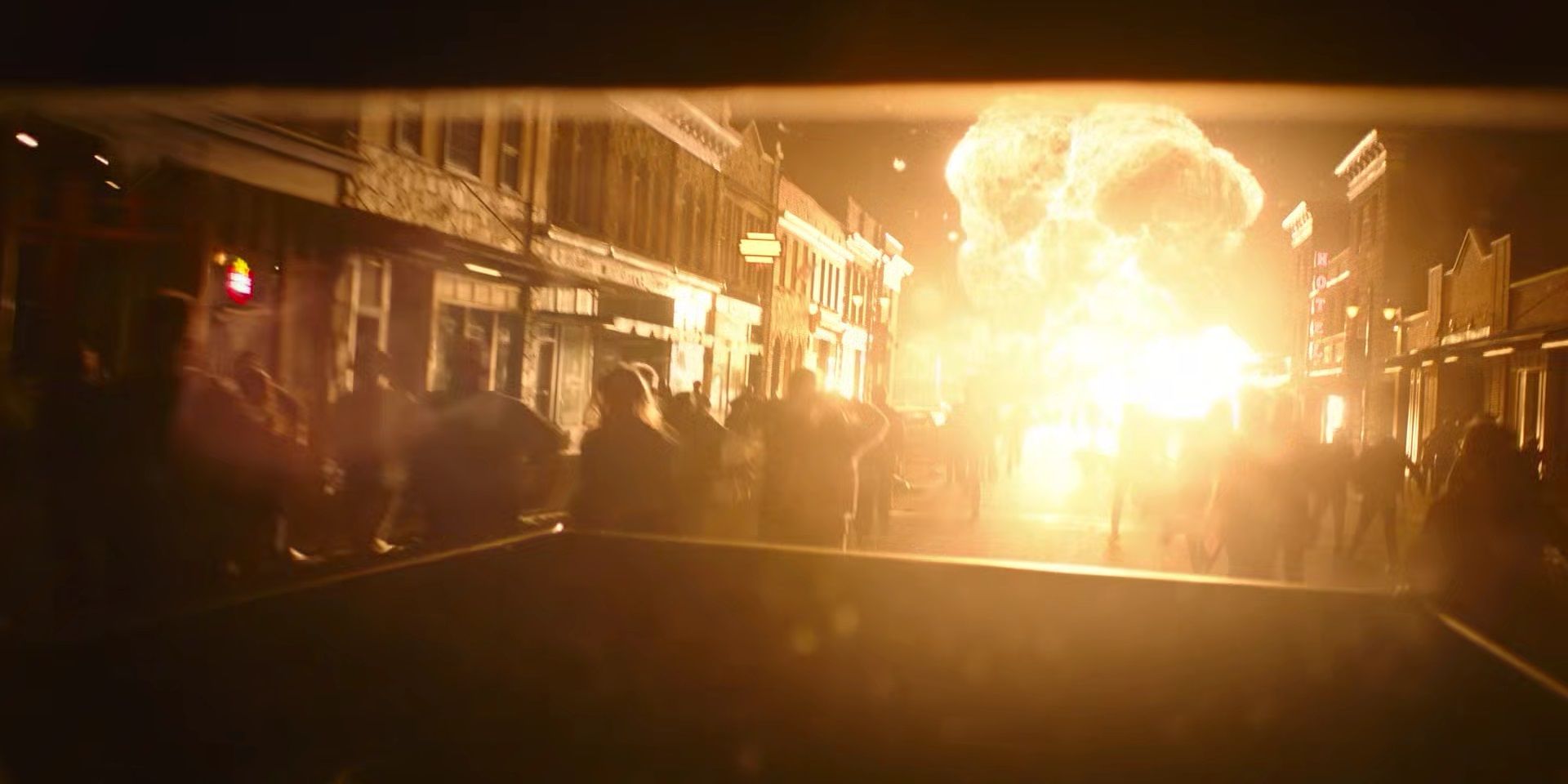Warning! Spoilers ahead for HBO’s The Last of Us.
HBO’s The Last of Us has been universally praised by critics and audiences alike as possibly the best live-action video game adaptation ever made. The writing is engaging, the acting is powerful, and the creature effects are horrifying – and it’s also one of the most cinematic shows on the air right now. From the striking Southern Gothic imagery of True Detective to the Amblin-style escapism of Stranger Things to the outside-the-box shot choices of Breaking Bad and Better Call Saul, TV has been getting more and more cinematic in its golden era. Like those similarly acclaimed shows, The Last of Us has immersive visuals, inventive cinematography, and a sense of scope and scale that wouldn’t be out of place on the big screen. If the feature-length pilot episode had played in theaters, it would’ve been a mind-blowing experience to see it with an audience.
From an infected woman contorting behind an oblivious Sarah to a wide shot of a dilapidated skyscraper leaning on another dilapidated skyscraper to the sustained close-up of a devastated Joel cradling his dying daughter, The Last of Us is full of stunning images. The series’ cinematographer, Ksenia Sereda, created a suitably tense atmosphere from the outset. Her camera is one of the stars of the show along with Pedro Pascal and Bella Ramsey.
Sereda establishes her deeply cinematic style of shooting the series in the pilot’s haunting opening scene. Set in 1968, the opening sees a pair of epidemiologists appearing on a talk show to discuss the possibility of a global pandemic spread by aggressive fungi. It would’ve been easy, and even forgivable, to shoot this scene in a painfully conventional way. But Sereda goes above and beyond with some truly unnerving cinematography. The sequence starts off with the familiar shot choices of a talk show, but it switches to intense close-ups as the conversation turns sinister, ominously foreshadowing the outbreak that will destroy human civilization, all intercut with gawping audience members locked in a trance. This opening set the perfect tone for the series.
The initial zombie outbreak is covered in a captivating oner, the most jaw-dropping shot of the series so far. According to The Hollywood Reporter, this seamless long take was shot across four weeks with the help of hundreds of “infected” extras. Gabriel Luna told THR that Sereda was “in the backseat, with a camera that was hanging from a hole in the roof so that she could have full 360 range.” Rather than succumbing to the temptation to get a bunch of omniscient wide shots, this sequence takes the perspective of the characters every step of the way, putting the audience in their unenviable shoes and looking at the chaos on the streets from the windows of a moving car. The thrilling climax of the sequence is foreshadowed by low-flying planes passing overhead early on. The whole set-piece culminates in a giant passenger plane crashing down on the street behind them. This scene gets the series’ undead action off to an exhilarating start.
TV shows usually have a pretty standard style of coverage. Establishing shots set the scene, shot/reverse shot captures the dialogue, and familiar music cues carry the scene transitions – rinse and repeat. In movies, the camera goes where the story goes. The Last of Us follows this principle more than any of the rules of TV. It doesn’t limit itself to a three-walled set or a recurring cast of characters. The 2003 section of the pilot focuses on Joel’s daughter Sarah as she goes to school, gets her dad a birthday present, visits her elderly neighbors, and falls asleep in front of the TV. Sarah’s narrative focus makes her untimely death shortly after the viral outbreak even more jarring and heartbreaking.
After the 20-year time jump, the pilot episode sets up a confined TV setting – the FEDRA quarantine zone – but quickly leaves it behind when Joel is tasked with taking Ellie to the Old State House. Unlike The Walking Dead, this isn’t a show about finding a place to settle down; it’s a show about staying on the move. Joel and Ellie are embarking on a treacherous journey across a post-apocalyptic wasteland. Every week, audiences will be introduced to new pastures of this dystopian, zombie-infested alternate America.
Television often plays like filmed theater. The crews usually have to get through so many script pages in a day of shooting that they’ll simply point cameras at the actors’ performances and call it a night as long as there are no major technical issues with the footage. TV is frequently called a writer’s medium because it tends to focus more on dialogue than visual panache. But some of the most powerful moments in The Last of Us are unspoken. When a soldier holds Ellie at gunpoint, Joel is reminded of Sarah’s death and his failure to save her. Those emotions don’t boil over in an unwieldy monologue; Joel simply beats the soldier to death without saying a word.
What makes HBO’s The Last of Us such a great video game adaptation is that it recaptures everything that made the game such a masterpiece. Craig Mazin and Neil Druckmann’s writing recaptures the nuanced narrative; Pascal, Ramsey, and the rest of the cast recapture what makes the characters so compelling and real; and Sereda’s salient cinematography recaptures the soul-stirring visuals, the atmospheric terror of the worldbuilding, and the visceral intensity of the zombie action.



